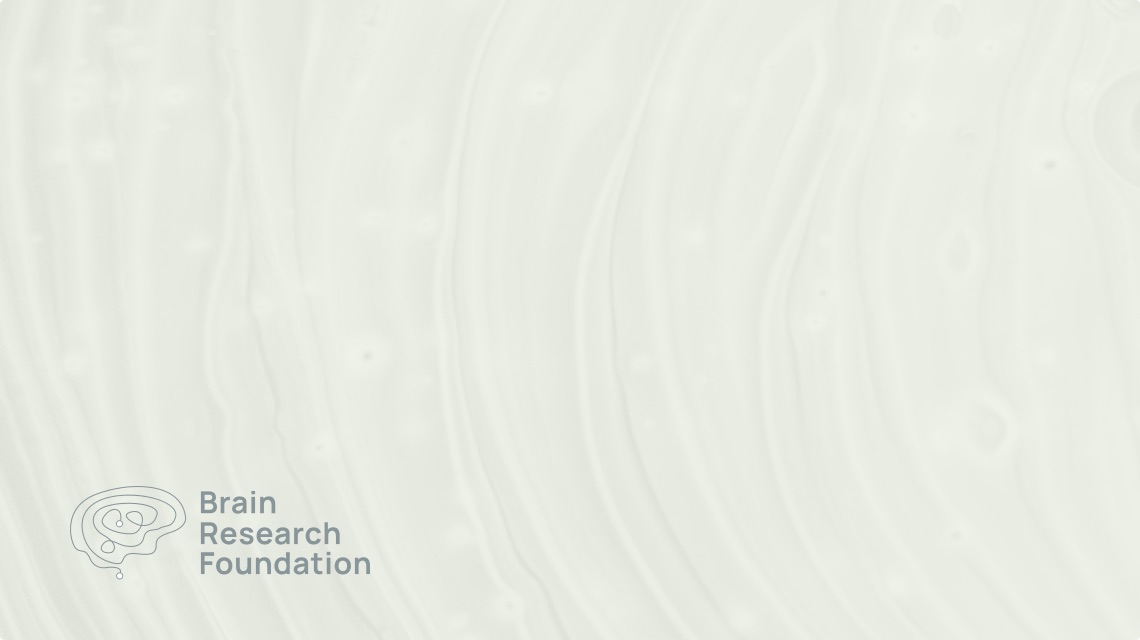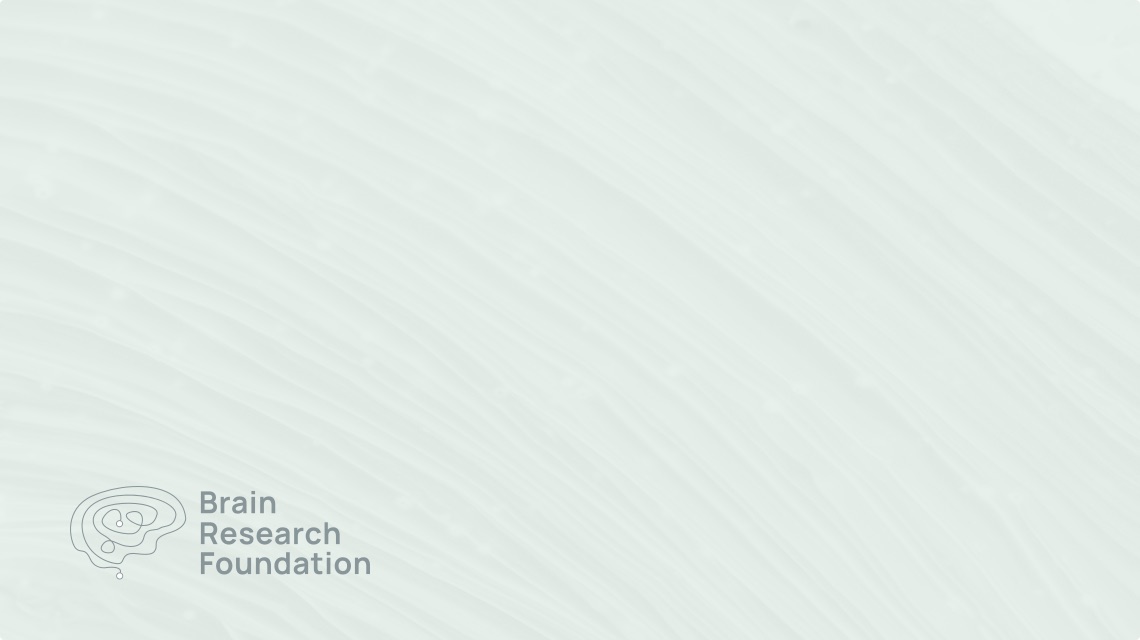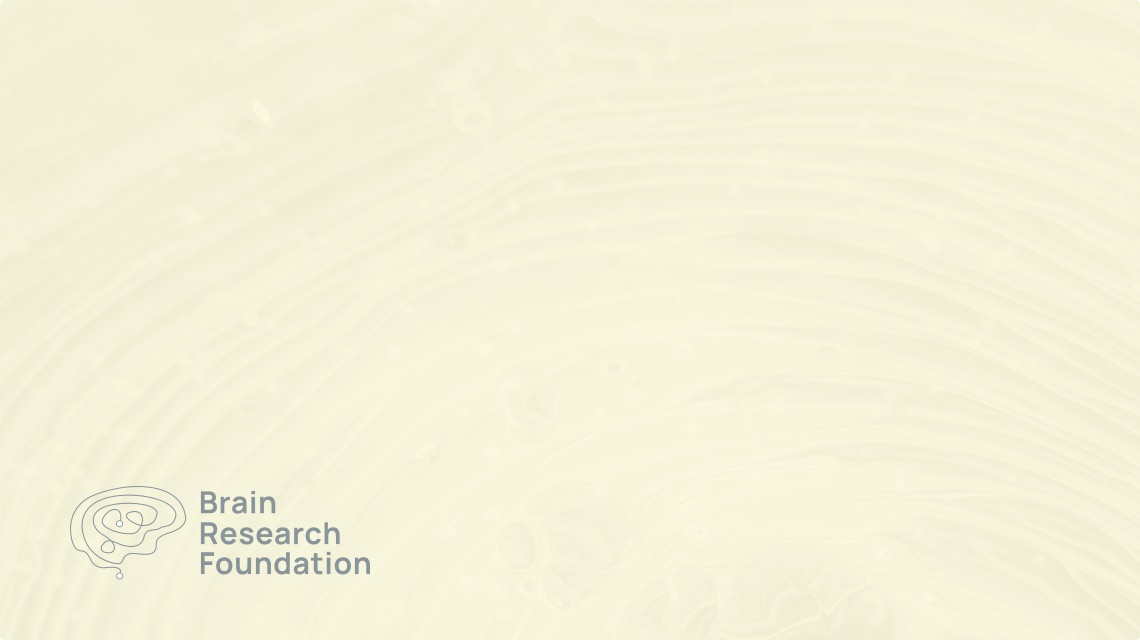Functional MRI of Alcohol-Induced Urge to Smoke
2005 Seed Grant
Andrea C. King, Ph.D.
The University of Chicago
Concurrent habitual use of alcohol and tobacco lead to numerous short- and long-term health consequences (cardiovascular, pulmonary, and cancer) and premature deaths in our country each year. While smoking rates in the general population have decreased substantially over the last several decades, they remain high among heavy alcohol drinkers. Previous research by Dr. King’s group has shown that alcohol dose-dependently increases subjects’ smoking urges, especially early in the drinking episode when blood alcohol levels are rising. While drinking and smoking are highly associated addictive behaviors, little is known about brain activity involved in alcohol-induced desire to smoke. Therefore, this pilot study aims to utilize functional magnetic resonance imaging (fMRI) in order to discern brain regions activated by alcohol in the presence of visual smoking cues. It is predicted that areas that have been shown to be activated by other drugs of abuse, including mesolimbic dopamine, prefrontal cortex, and areas related to visuospatial attention will be particularly activated after alcohol compared to placebo beverage. Subjects will complete standardized scales of cigarette craving at pre-drink baseline and during fMRI scanning, before and after presentation of both neutral and smoking-related visual cues. High resolution functional imaging will be obtained during the interval when blood alcohol levels are rising and peak increases in smoking urges are expected, based on several studies by the PI and her colleagues. The data will provide information on brain activity underlying cigarette craving increased by alcohol. The ultimate goal of this research is to help target treatment and prevention efforts to reduce concurrent heavy use of both substances. Reports have cited that the estimated combined direct and indirect costs of alcohol and nicotine use is over 25% of the total economic costs of all illnesses in this country. Alcohol and nicotine contribute to more than a half a million deaths each year and are the leading cause of preventable disease and death. Persons who misuse alcohol and tobacco are not only at heightened risk for the harmful health consequences of each of these substances, but they also are at risk for the addictive effects of using both substances on oral and other cancers. Finally, persons who engage in heavy drinking often show more difficulty in quitting smoking, which may be in part due to heightened cigarette cravings induced by alcohol. While several studies have established a strong positive association between cigarette smoking and alcohol use, the exact mechanisms underlying this association are unknown. The purpose of the proposed study is to investigate brain region activity underlying increases in desire to smoke to relevant smoking cues after alcohol versus placebo beverage consumption. These data will aid in our understanding of neural aspects of the conjoint use of these addictive substances and ultimately help guide prevention and treatment aspects in persons who compulsively misuse both substances.


